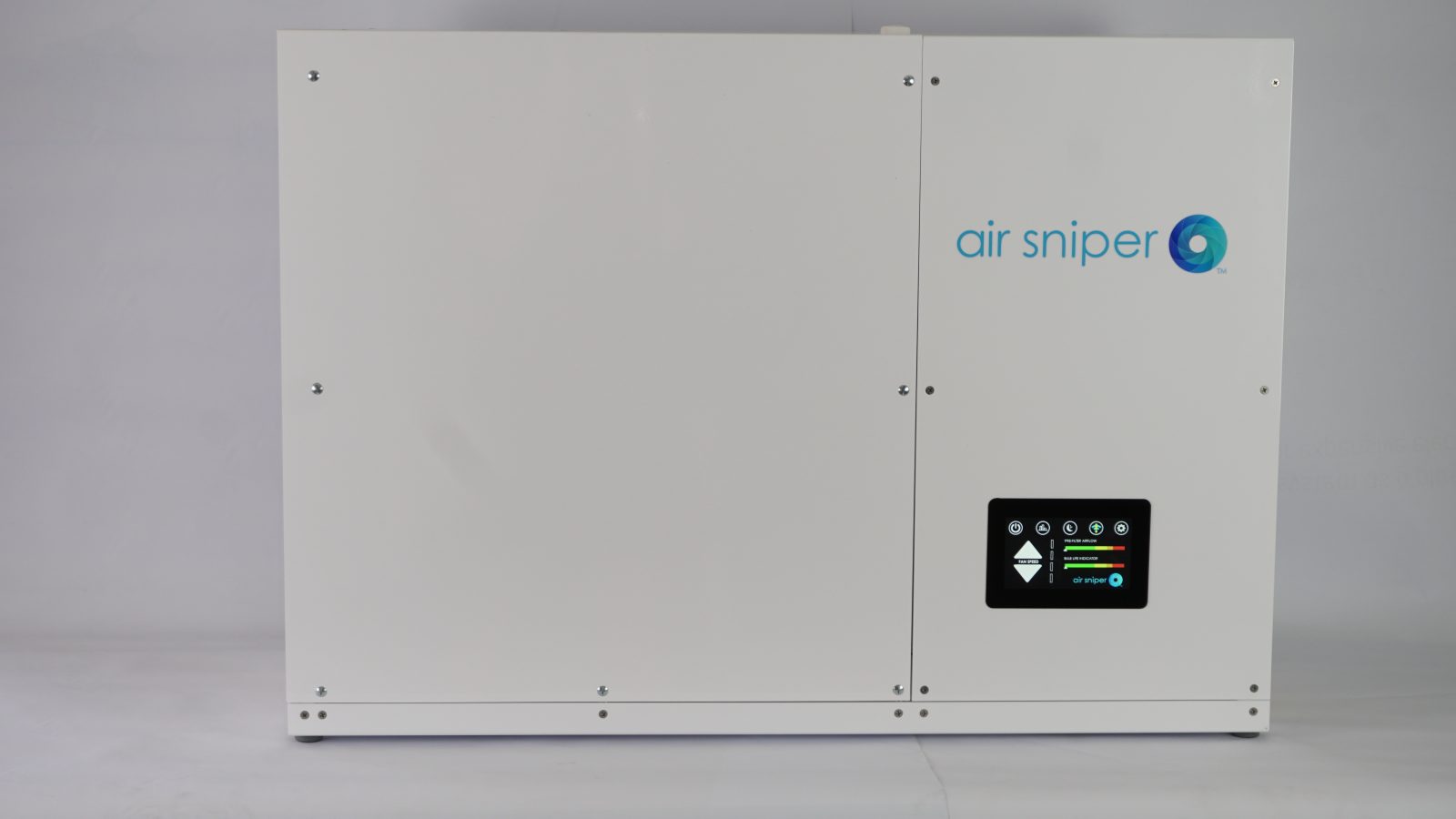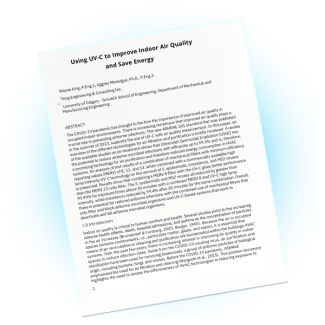Among the many interesting facets of study and governance within the air purification industry, there are some organizations that are working to further the use and application of supplementary UVC air sanitization technology. This includes the legally named American Society of Heating, Refrigerating and Air-Conditioning Engineers (ASHRAE).
ASHRAE advocates for the continuous research and development of technologies related to their scope, which includes supplementary UVC air sanitization and other air purification technologies. They perform this advocacy through several methods, including standardization, fundraising, research and much more.
One aspect of the work ASHRAE does is the formulation and publishing of position documents. Today, we look at two of these position documents and their relation to supplementary UVC air sanitization. The first position document we will look at is titled Position Document on Filtration and Air Cleaning.
This document lays out the official position of ASHRAE as it concerns air cleaning technologies and methods. It includes a description of the many air cleaning technologies commercially available, including supplementary UVC air sanitization. They offer great support for the technology with statements like “The effectiveness of a UV-C system to inactivate microorganisms in the air and/or on surfaces has been amply demonstrated…” and discuss the technology’s ability to produce positive health effects in the right application.
One part of this position document offers the reader further information on where to read more about ASHRAE’s stance on supplementary UVC air sanitization. They discuss an upcoming standard, existing standards and the other subject of our article, a second position document. This one is titled Position Document Airborne Infectious Diseases.
Unlike the first documents laid out by ASHRAE, this document does not focus on the many available methods of air cleaning. Instead, it offers an overview of infectious disease transmission and practical methods of modelling the data. It then discusses the practical implications for buildings with a variety of parameters, before offering recommendations for future construction and planning operations.
It is the recommendations section that holds particular interest for the purposes of supplementary UVC air sanitization. One of their chief recommendations states “Building designers, owners, and operators should give high priority to enhancing well designed, installed, commissioned, and maintained HVAC systems with supplemental filtration, UVGI, and, in some cases, to additional or more effective ventilation to the breathing zone.” They proceed to recommend updating existing HVAC systems with UVGI technology as well, indicating that the power of this technology is not to be overlooked.



